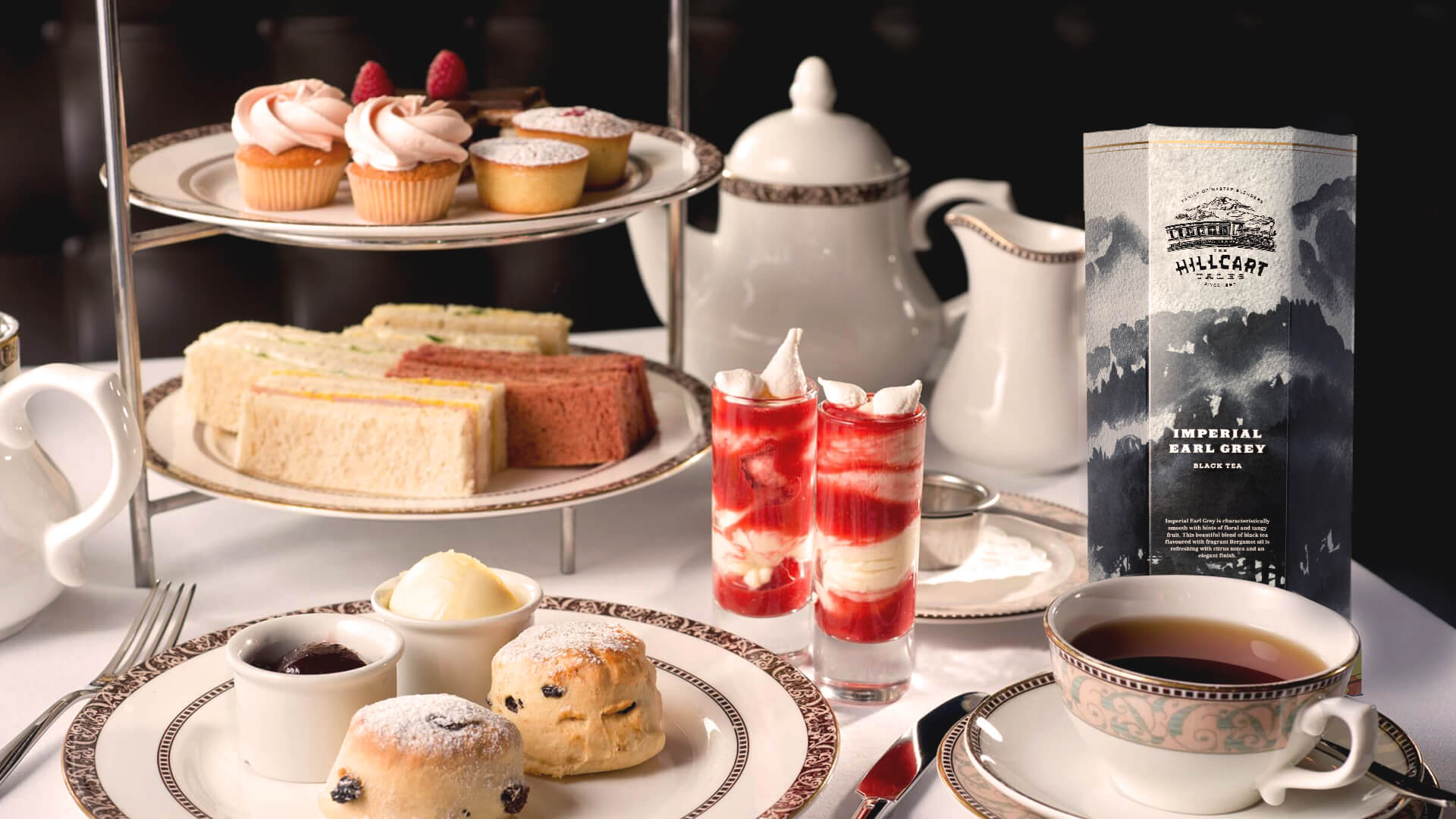The British famously believe that a cup of tea can cure nearly everything. It comes as no surprise that their enthusiasm played a big role in fostering India’s passion for the humble brew.
You can see it happen as the clock strikes five — all over India, life slows down because it’s time to enjoy the customary hot beverage with an indulgent snack.
This popular evening tea culture is often related to the British-tea customs of ‘High Tea’ and ‘Afternoon Tea’, which dates back to the early 19th Century.
Thinking of the Victorian décor, the British gentry and Alice in Wonderland scenes? You’re not quite there, yet.
Afternoon Tea and High Tea: What’s the difference?
Tea, although expensive at that time, was equally loved by the upper and working classes. The difference lay in the affordability and the leisure one could dedicate to drinking tea.
‘The Ton’ or the crème de la crème indulged in Afternoon Tea, a mini meal to socialise over cups of tea at 4 pm. However, the working classes, who could afford no more than two meals a day replaced dinner, with High Tea, a heavier affair of bread and meat with tea, taken at 6 pm at the end of the working day.
In case you’re wondering why it’s called High Tea, it is possibly because it was eaten at a table. The Afternoon Tea was taken while seating in low, comfortable chairs or sofas.
Afternoon Tea was a private social event initially developed for the ladies of leisure, later formalised on a larger scale as ‘tea receptions’ attended by the upper ten thousand wealthy aristocrats, nobility and merchants of London.
These tea rituals left behind their class distinctions post World War I and became an elegant affair mainly for overseas tourists visiting the UK. Grand hotels such as The Ritz in London preferred the term High Tea and it has become a fashion ever since, even in India.
Tea parties are suitable for many occasions — a bridal or a baby shower, a birthday celebration or a casual tête-à-tête with some close friends.
Planning a Tea Party — A Step-By-Step Guide
Invitation: Before you select a date and send out your invitations, keep in mind the nature of your party on whether it’s a casual or a formal party. Also, mention the type of attire you expect from the guests.
Theme: Choose a theme according to the nature of your party. A bridal or a baby shower will be a fun affair while a retirement party is much more formal. Also decide where you’d like to have your party: indoors or outdoors?
Table Setting: Decide whether you want a buffet or a sit-down table setting. Keep the decoration minimal but elegant. Take out your best silver, china and linen. Avoid anything disposable, so no paper cups or plates, and paper napkins are an absolute no-no. Get three-tiered stands to serve food. Place a flower arrangement on the table to give it an authentic English feel. Use fairy lights and candles as they can add some fun to an informal tea party which extends into the evening.
Drinks and Food Menu: A traditional Afternoon Tea serves tea, cucumber sandwiches, scones with clotted cream and jam and tea cakes. However, the food selection has expanded a bit since then, and a contemporary menu can include a good assortment of delicate canapés, quiches, brioches, phyllo cups followed by desserts like English muffins, macaroons, mini éclairs, petit fours, raspberry mille-feuilles, apple tarts, choux buns and cookies.
Healthy tea parties, a popular preference, start with dips like guacamole and various hummus that go well with thick slices of carrots and cucumbers and bread-like pita and lavash, mint chutney sandwiches, followed by gluten-free cakes that use almond flour and are sweetened with palm sugar, dates or maple syrup.
Make sure you serve finger foods or bite-size portions as it is convenient and less messy for the guests.
Various Tea Parties You Should Know About: A cream tea party must have scones and clotted cream on the menu. A strawberry tea party includes fresh strawberries in food and tea. For adult tea parties, you might also consider offering champagne or tea cocktails using any tea and alcohol of your choice.
Most Importantly, Tea Selection: A tea party calls for a wide variety of tea. We suggest our assortment of teas with a mix of the finest black and green teas and tisanes.
While a conventional tea party calls for an Earl Grey, based on your theme, you can choose to keep it classic or go the contemporary way by serving various tea blends to your guests. Black or green or white, floral and fruity blends; you cannot go wrong as long as you serve the best quality teas to your guests.

The flavoured Earl Grey pairs well with scones, cakes and cookies, while Assam tea or Darjeeling tea with milk and sugar can stand up to savoury foods like samosas, sandwiches and all kinds of Indian sweets, chocolates, fruity desserts and pastries. Consider keeping caffeine-free tisanes made from a delectable blend of herbs and flowers for guests who are sensitive to caffeine. They are now considered “Chic” and go well with subtle foods like petit fours, scones and cream and shortbread cookies.
On a hot day, don’t forget to consider iced tea. Accompany the tea selection with milk, cream, thin slices of lemon, sugar cubes and honey.
Party Favours: Take-home is an excellent way to help your guests have a souvenir of a memorable day. What better tea party favour than giving a stylish caddy or exotic tisanes to your guests? Other good gifting options can be cookies, tea infusers, jams and tea mugs.
A tea party is all about fun and enjoyment. Steep the tea, sip it and enjoy the conversations.


